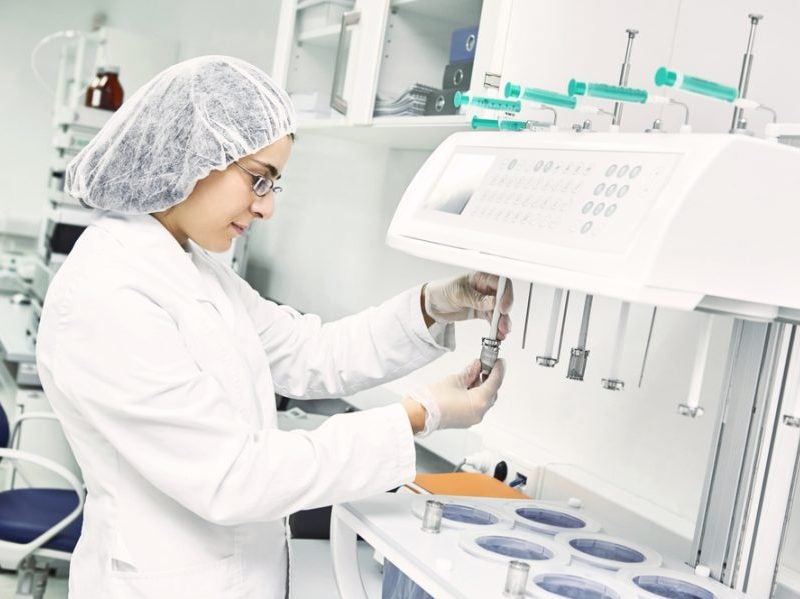
Schools were closed in most countries in Europe during the first wave of the COVID-19 pandemic in March. These countries were in lockdowns and avoided mass gatherings in an attempt to flatten the curve. COVID-19 daily confirmed cases started to decline in May and June and countries in Europe decided that schools would fully reopen in September. However, students will start attending school at the same time as cases are rising again in European countries such as France, Germany, Spain, and the UK. As the cases increase, risk of infection, death, or severe illness in children would be a major concern for parents and guardians. There are conflicting reports on the level of severe risk and mortality in children, even if studies from the US and China had suggested that tiny fractions of child and adolescent populations are hospitalized compared to adults. The most recent British study also suggests that COVID-19 risk and death is very minute in children less than 19 years old.
According to an August 2020 study by Swann and colleagues published in the British Medical Journal, less than 1% of all cases admitted to UK hospitals and less than 1% of all mortality were in children and adolescents up to 19 years old, as shown in Figure 1. Overall just six children with preexisting serious comorbidities suffered COVID-19 mortality. Hospitalization findings are consistent with the studies from the US and China, where 2% and 1.7% of hospital-admitted cases were children 19 years and younger. The reason for this difference in disease severity between children and adults is largely unknown, but researchers have speculated there may be a number of immunological, physical, and physiological responses that might explain this difference.

The minimal risk to children from COVID-19 would potentially reassure parents in sending their children to school, as loss of education will be detrimental to the future prospects of their children. However, smooth running of a school is only possible if the number of cases circulating in the community is very low, as teachers and support staff remain vulnerable to coronavirus. As the US experience has shown, if community transmission is high, it becomes very difficult to keep schools open. It will also shatter the confidence of parents and children, with reports that only one in seven parents were willing to send their children to school in the US.
As smooth running of schools remains the high priority, mitigation measures such as avoiding the mixing of different age groups, frequent handwashing, adequate ventilation, outdoor activities, and small class sizes should be strictly implemented. Physical distancing and frequent testing of teachers would reduce the risk and prevent outbreaks in schools. To avoid closure of schools again, which would be a disaster for individuals and society, countries should remain vigilant, develop an effective testing and contact tracing policy, and aim for maximum suppression of virus in the community.
How well do you really know your competitors?
Access the most comprehensive Company Profiles on the market, powered by GlobalData. Save hours of research. Gain competitive edge.

Thank you!
Your download email will arrive shortly
Not ready to buy yet? Download a free sample
We are confident about the unique quality of our Company Profiles. However, we want you to make the most beneficial decision for your business, so we offer a free sample that you can download by submitting the below form
By GlobalData






Related Company Profiles
British Medical Journal